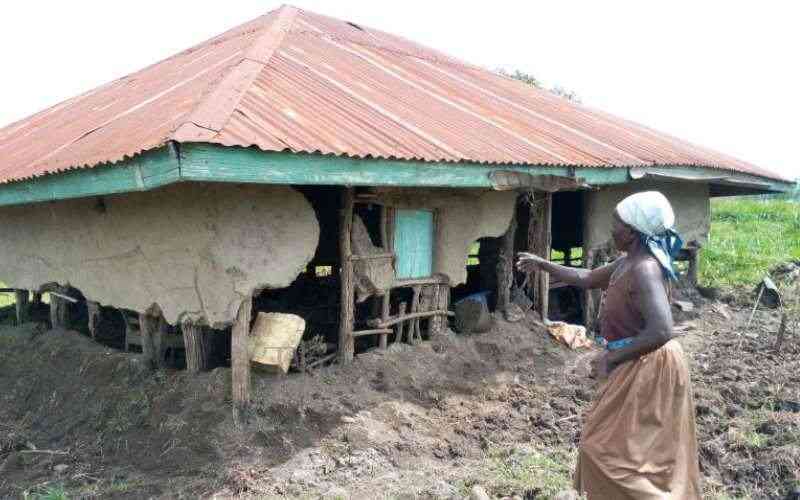×
The Standard e-Paper
Kenya's Bold Newspaper

The climate change agenda has assumed a relatively prominent role in the manifestos of the leading presidential candidates.
This is not surprising because the sector is a big agenda globally due to the shared responsibilities, obligations and consequences. It is thus something to celebrate because it implies that climate change will attract the necessary political attention that it deserves.